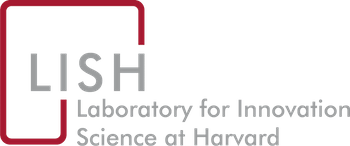Incentives & Governance
. 4/2019. “Incentives for Public Goods Inside Organizations: Field Experimental Evidence.” Journal of Economic Behavior & Organization, 160, Pp. 214-229. Publisher's VersionAbstract
. 2012. Innovation at Charlotte-Mecklenburg Schools. Harvard Business School Case. Harvard Business School. Publisher's VersionAbstract
. 2010. “Open Platform Strategies and Innovation: Granting Access vs. Devolving Control.” Management Science, 56, 10, Pp. 1849-1872. Publisher's VersionAbstract
. 2010. “Marginality and Problem-Solving Effectiveness in Broadcast Search.” Organization Science, 21, 5, Pp. 1016-1033. Publisher's VersionAbstract
. 2016. “Performance Responses to Competition Across Skill-Levels in Rank Order Tournaments: Field Evidence and Implications for Tournament Design.” The RAND Journal of Economics, 47, 1, Pp. 140-165. Publisher's VersionAbstract
. 2015. Prodigy Network: Democratizing Real Estate Design and Financing. Harvard Business School Teaching Notes. Harvard Business School. Publisher's VersionAbstract
. 2012. “The Confederacy of Heterogeneous Software Organizations and Heterogeneous Developers: Field Experimental Evidence on Sorting and Worker Effort.” In The Rate and Direction of Inventive Activity Revisited, . Chicago, IL: University of Chicago Press. Publisher's VersionAbstract
. 2010. TopCoder (A): Developing Software through Crowdsourcing. Harvard Business School Case. Harvard Business School. Publisher's VersionAbstract
. 2011. “Seeds to Succeed?: Sequential Giving to Public Projects.” Journal of Public Economics, 95, 5-6, Pp. 416-427. Publisher's VersionAbstract
